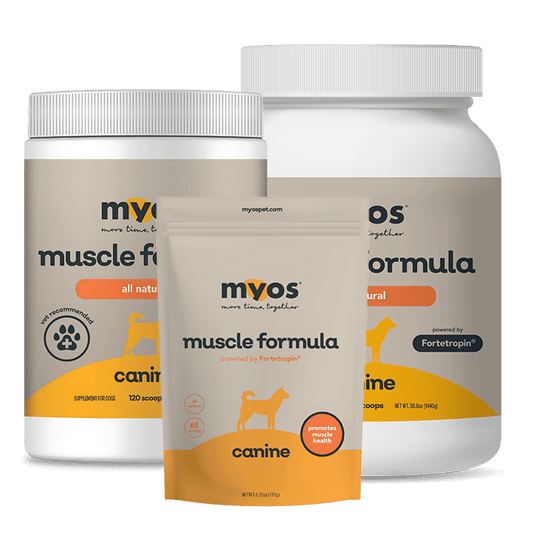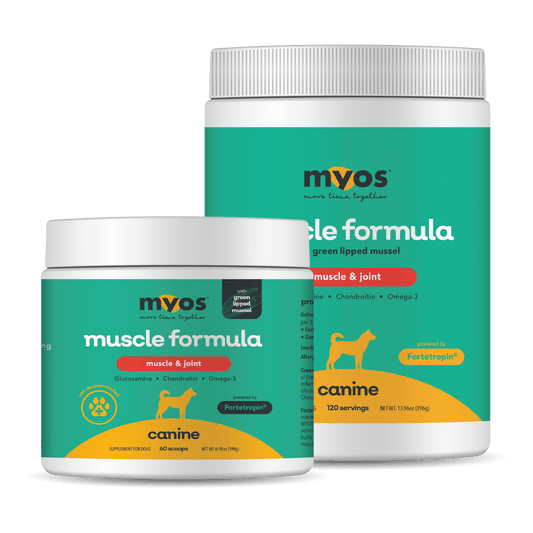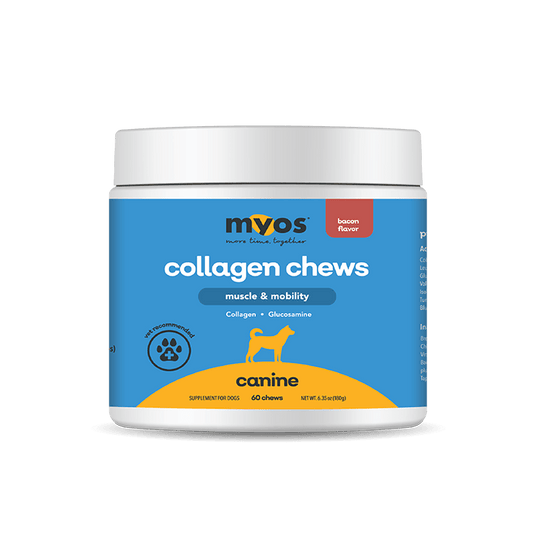
Physical therapy isn’t just for humans anymore. These days, canine physical rehabilitation is being routinely prescribed to address issues such as dog mobility, pain, and joint damage due to orthopedic surgery, musculoskeletal injury, arthritis, obesity, paralysis, neurological disease, and more. It’s also increasingly being recommended and used as an alternative to surgery.
Origin Story
Veterinary physical therapy is a relatively young profession. Some of the first specialists were physical therapists for humans who wanted to share their skills with animals. Today, private and university-based programs certify veterinary professionals and physical therapists in animal rehabilitation and practitioners can be found in most major cities.
The Initial Consultation
Most rehab veterinarians and physical therapists require a referral from your family vet stating that rehab is recommended, and that your dog is healthy enough to do so. The first visit is an evaluation to asset the exact needs and goals for your dog. What follows are the elements of a typical first visit, which is an evaluation to assess the goals for and exact needs of your dog.
Getting to Know You: The therapist will spend some time getting to know you and your dog. It’s important to understand your dog’s normal behaviors, quirks, and personality to provide treatment options that make sense.
Pet Records/History Review: There will be a review of your pet’s medical history and existing vet records, and a discussion about your dog’s diet.
Addressing Goals & Expectations: You’ll have an opportunity to go over your main concerns and goals, and you’ll work together to determine what improvements you’d like to see with treatment.
The Examination: The therapist will examine your dog’s gait and posture. The therapist will focus on the muscles, evaluating several areas, including:
- Is there tension in any of your dog’s muscles?
- How flexible is your dog with movement?
- Are your dog’s muscles tight? Are the triceps tight?
- Does the muscle spasm when palpating certain areas?
- Are certain areas painful to the touch?
- What is your dog’s strength level?
Muscle Measurements: Your dog’s muscles will be measured to get an idea of how much muscle mass loss there may be.
Exercise Recommendation: Following the exam, the therapist will recommend an exercise program customized to address your dog’s unique concerns, which will likely include in-home exercises. You’ll also receive notes to share with other family members, so they can help with the exercises. It helps to get everyone involved in the rehab process, so your pet can get the best results.
Treatment: After the exercises have been explained and practiced, if the physical therapist is also a veterinarian, your dog will be treated be for any discomfort, pain, or inflammation that was found or discussed during the exam, focusing on specific areas to help decrease any of the symptoms and help the nervous system function better, if needed.
Talk to your veterinarian to determine whether physical therapy is a good fit for your dog. If so, they can provide a referral or you can find a local qualified therapist through an online directory, such as the Canine Rehabilitation Institute’s Find a Therapist tool.





